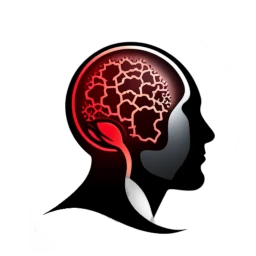The decision-making by artificial intelligence (AI) brings many benefits, such as efficiency, accuracy, and scalability, but it also raises new questions regarding responsibility. Who is accountable when something goes wrong? Is it the creators of AI, the users, or perhaps the machines themselves? This issue is crucial for the future of AI and requires careful analysis.
AI Creators
AI creators, such as programmers and engineers, are the ones who construct AI algorithms and models. Therefore, they can be held responsible for errors resulting from imperfections in the code or improper system design. However, there are difficulties associated with attributing responsibility to the creators. Firstly, machine learning processes are often challenging to interpret, and results can depend on subtle changes in input data. Secondly, creators may not have full control over how their technology is used after deployment.
AI Users
AI users, individuals, or organizations that apply AI technology in practice, can also be held responsible for its actions. They may, for example, be accountable for errors resulting from improper use of the technology, inadequate system training, or a lack of appropriate supervision. However, similar to creators, attributing responsibility to users is complex. They may not possess the technical knowledge necessary to understand and control the AI system fully.
AI Itself
With the advancement of AI, the concept of assigning responsibility to the machine itself is emerging. In particular, some advanced AI systems are capable of self-learning and decision-making without direct human supervision. However, attributing responsibility to machines raises a range of issues. For example, machines lack consciousness and the ability to bear the consequences of their actions.
Understanding and regulating the responsibility for AI actions is an important challenge that requires further research and debate. Most experts agree that responsibility should be distributed among AI creators and users, depending on the context. However, it is essential for regulations to be tailored to the rapidly evolving technology and provide adequate safeguards.
Regardless of how we allocate responsibility, what matters most is that AI is applied in an ethical and responsible manner. This means striving for transparency, fairness, and safety in AI, both at the technical and policy levels. It also requires ensuring that all stakeholders have the opportunity to participate in discussions about AI and its impact on society. Only then can we truly harness the potential of AI while managing its risks.

